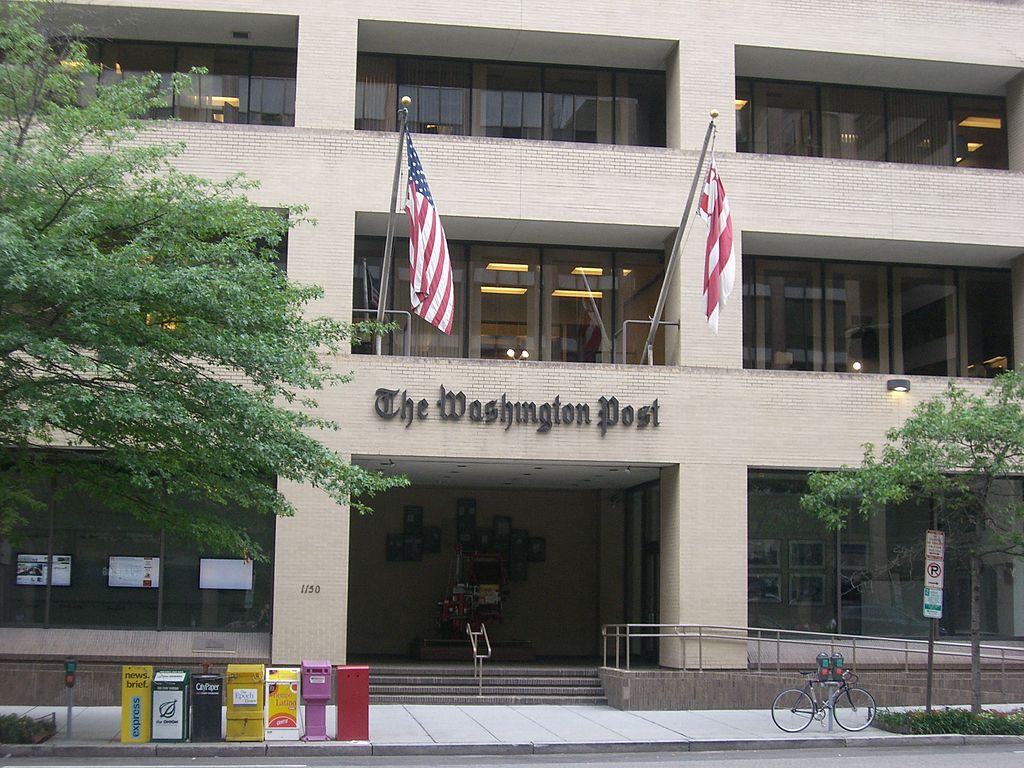
A 14th-century medieval drain tunnel stretching almost 300 feet has been uncovered beneath Paisley Abbey in Scotland. The drain tunnel is being heralded as one of the most well-preserved medieval relics to ever be found.
The Abbey Drain, which ends around ten feet from the banks of the present-day White Cart River, had lain hidden for centuries until it was unexpectedly discovered in 1879. It was then forgotten until it was rediscovered in the 1990s.
According to experts, the Abbey Drain is thought to date from the year 1350 and measures up to two meters wide and up to two meters high.
Medieval drain finally fully excavated
Despite having been periodically opened up for visitors, the Abbey Drain was only fully excavated after an eight-week-long dig coordinated by the Renfrewshire Council and led by Guard Archaeology Ltd.
Funding for the dig came from the National Lottery Heritage Fund, the Renfrewshire Local History Forum and Historic Environment Scotland.
Bob Will, senior project manager at Guard Archaeology, characterized the dig as “incredible.”
“We found more than I was expecting and it is really exciting,” Will said. “We found the end of the drain and what was the boundary wall of the monastery.”
More than 6,500 people visited the area throughout the eight-week-long excavation, dubbed the Abbey Drain Big Dig. The excavation had become something of a community event and volunteers from the local history forum held a series of events and seminars for both residents and visitors.
Among the items discovered in the drain were animal bones, fragments of medieval pottery, the remains of herbs and spices imported from as far away as the Far East, as well as lead seals from cloth. According to Will, the items were proof that the abbey imported items from around Europe.
“They are stamped with the crest of various towns in France, Germany, London, Italy,” he explained, adding that the seals are proof of the importance of cloth during the medieval period and how Paisley was involved in the European cloth trade. (Related: UK police officers recover incredible Viking coin hoard: Finding could change British history, notes historian.)
Previous excavations in the drain have uncovered carved slates featuring what experts believe to be the earliest examples of written polyphonic music ever found in Scotland.
The items have since been put on display at the abbey’s sacristy.
Site could be developed into a permanent attraction
In an interview with Glasgow Live, Will said that what they found during the Big Dig could help the development of a more permanent attraction on the site, with the end goal of allowing a greater degree of public access to the drain.
“What we have uncovered has helped us see what could be done with any future excavation. We now know much more about the medieval ground levels and have a good idea where some of the monastery buildings were,” Will said.
Renfrewshire Council leader Iain Nicolson agreed, noting that the council is keen to explore opportunities to open up more permanent access to the Abbey Drain in the future.
“The findings of the Big Dig mean we now know more than ever about this incredible feature beneath the town center,” Nicolson said. He added that the Big Dig created a lot of interest in Paisley town and its history.
Paisley Abbey Drain is designated as a “Scheduled Ancient Monument” by Historic Environment Scotland and is noted to have similarities to other monastery drains, such as Fountains Abbey, Dundrennan Abbey and Melrose Abbey.
Sources include:
Please contact us for more information.














